Hi there, pet lovers! 🕷️🔥
For those who crave an exotic, low-maintenance pet with a side of danger, the Six-Eyed Sand Spider (Sicarius hahni) is one of the most intriguing—and terrifying—arachnids in the world. Known for its potent venom and elusive nature, this spider is not for the faint of heart. But for experienced keepers who respect its risks, it offers a unique glimpse into the world of deadly arachnids.
In this detailed care guide, we’ll cover everything you need to know about keeping a Six-Eyed Sand Spider, from its behavior and habitat needs to the critical safety precautions required. Whether you’re a seasoned arachnid enthusiast or just curious about one of nature’s most efficient predators, this review will help you decide if this spider belongs in your collection.
Overview
The Six-Eyed Sand Spider is a reclusive, sand-dwelling arachnid native to the deserts of southern Africa. It’s infamous for its extremely potent venom, which can cause severe tissue damage and even death in rare cases. Here’s a quick summary of what makes this spider unique:
- Handling and Temperament: Not handleable—venom is medically significant, and bites can be fatal.
- Care and Maintenance: Extremely low-maintenance—requires minimal feeding and simple enclosure setup.
- Health and Durability: Exceptionally hardy—can survive months without food or water.
- Availability: Rare in captivity—mostly field-collected, with limited captive breeding.
- Cost: Moderate to high—spiders and secure enclosures can be pricey.
Overall: A high-risk, low-maintenance pet for advanced keepers only.
Why Choose a Six-Eyed Sand Spider?
This spider is not a pet for handling or interaction—it’s a display animal for those who appreciate its deadly efficiency and unique adaptations. Here’s why some enthusiasts keep them:
✅ Minimal care requirements – Can go weeks without feeding.
✅ Fascinating ambush predator – Burrows in sand and strikes with lightning speed.
✅ Extreme hardiness – Survives harsh desert conditions with ease.
✅ Unique appearance – Flattened body and camouflaged coloring.
However, the risks cannot be overstated. This is one of the most venomous spiders in the world, with no antivenom available.
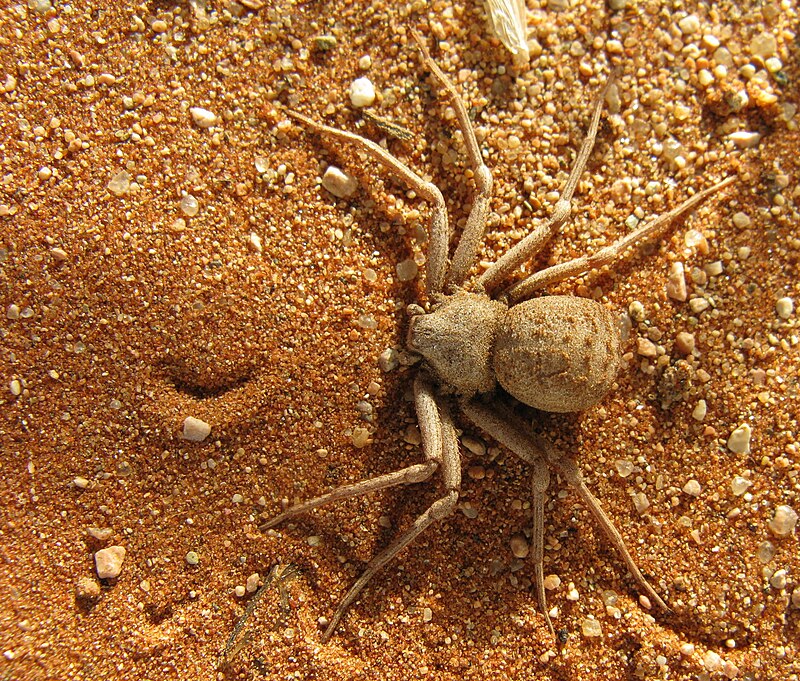
Handling and Temperament
A Spider That Should Never Be Handled
Unlike tarantulas or jumping spiders, the Six-Eyed Sand Spider is not a hands-on pet. Its venom contains hemolytic and necrotic toxins, meaning a bite can destroy tissue and cause severe internal bleeding.
- No recorded captive bites – Most bites occur in the wild, often when the spider is accidentally disturbed.
- Extreme speed – If threatened, it can move too quickly to react safely.
- No warning signs – Unlike some venomous spiders, it does not rear up or display aggression—it simply strikes.
Safety precautions are non-negotiable
✔ Never open the enclosure without a secure barrier.
✔ Use long tongs for feeding and maintenance.
✔ Keep in a locked or child-proof enclosure.
Care and Maintenance
One of the Easiest Pets to Keep (If You Respect the Risks)
Despite its deadly potential, the Six-Eyed Sand Spider is incredibly low-maintenance. Here’s how to keep one safely:
Enclosure Setup
- Size: A 5-10 gallon tank is sufficient for one spider.
- Substrate: Fine, dry sand (2-3 inches deep) for burrowing.
- Decor: Minimal—a small piece of cork bark for occasional cover.
- Security: Escape-proof lid with strong latches (magnets or locks recommended).
Humidity & Temperature
- Desert conditions – Low humidity (30-40%), no misting needed.
- Room temperature (70-80°F) – No additional heating required.
Feeding
- Diet: Live insects (crickets, roaches, mealworms).
- Frequency: Once every 2-4 weeks (they can survive months without food).
- Method: Drop prey near the spider’s burrow—it will ambush when ready.
Important note: Overfeeding can shorten their lifespan.
Health and Durability
A Spider That Thrives on Neglect
The Six-Eyed Sand Spider is one of the hardiest arachnids in captivity:
✔ Can survive over a year without food (though feeding monthly is ideal).
✔ No common health issues—just ensure the enclosure stays dry and secure.
✔ Lifespan: 10-15 years in captivity with proper care.
The biggest risk? Human error. A loose spider or accidental bite can have catastrophic consequences.
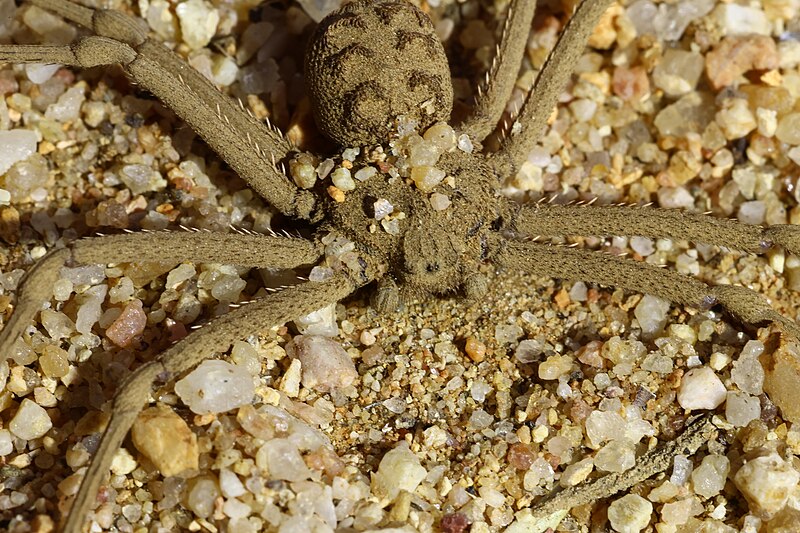
Availability and Cost
A Rare and Regulated Species
- Wild-caught vs. Captive-Bred: Most available are field-collected, as captive breeding is rare.
- Legality: Banned in some regions due to venom potency—check local laws.
- Price: $100-$300+, depending on source and size.
- Enclosure Cost: $50-$150 for a secure setup.
Where to buy
- Specialized exotic dealers (avoid general pet stores).
- Reptile/arachnid expos (rare but possible).
- Online breeders (ensure ethical sourcing).
Pros and Cons
Pros
✅ Extremely low-maintenance—ideal for busy keepers.
✅ Fascinating natural behavior (ambush predator).
✅ Long lifespan (10-15 years).
✅ No need for heating or humidity control.
Cons
❌ Extremely venomous—no antivenom exists.
❌ Not handleable under any circumstances.
❌ Rare in captivity, often wild-caught.
❌ Escape risk can be deadly.
Final Thoughts
The Six-Eyed Sand Spider is a high-risk, low-maintenance pet that should only be kept by experienced arachnid enthusiasts. Its care is simple, but the consequences of mistakes are severe.
If you want a deadly yet fascinating display animal, this spider delivers—but always prioritize safety. For those who prefer something less hazardous, a tarantula or jumping spider may be a better choice.
Would you ever consider keeping a Six-Eyed Sand Spider? Let us know in the comments! And for more exotic pet guides, stay tuned. 🕷️🔥
(Disclaimer: This guide is for informational purposes only. Keeping venomous animals carries inherent risks—always research local laws and consult experts before acquiring one.)



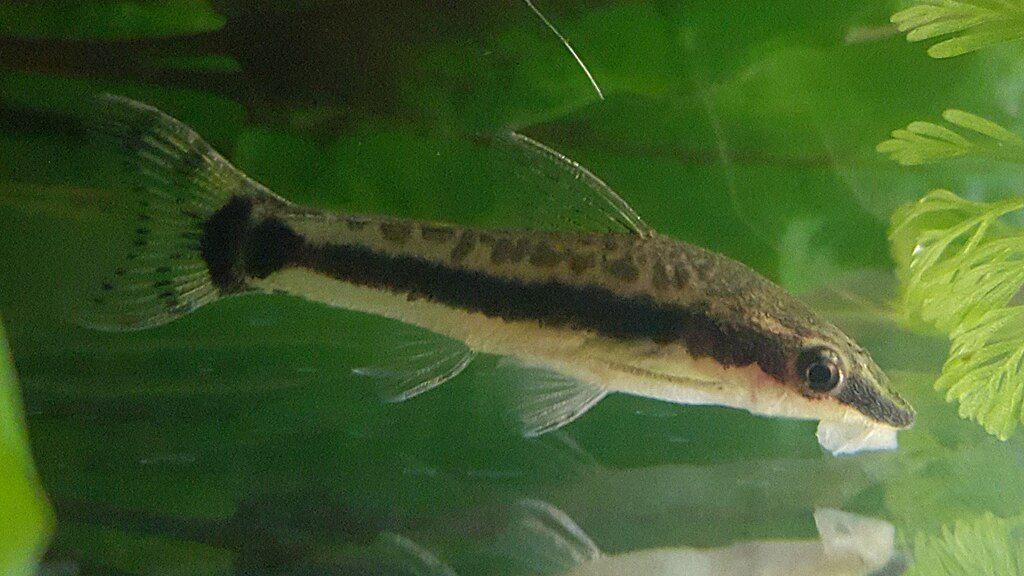

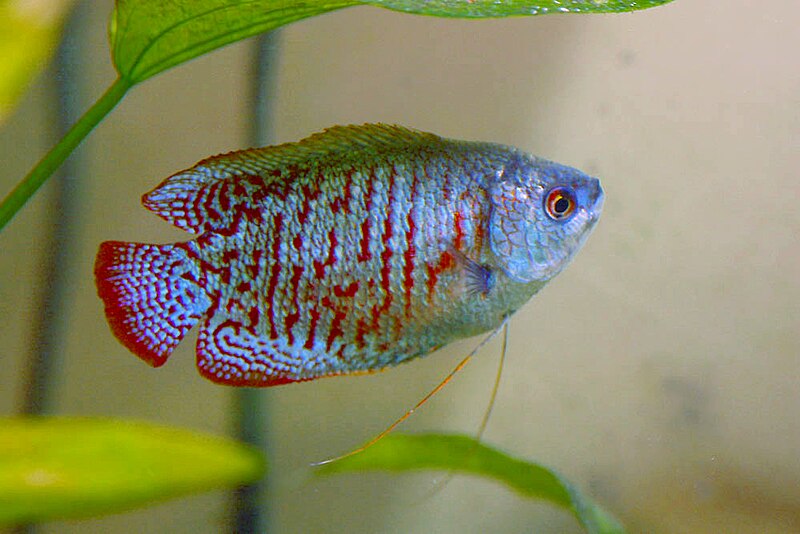

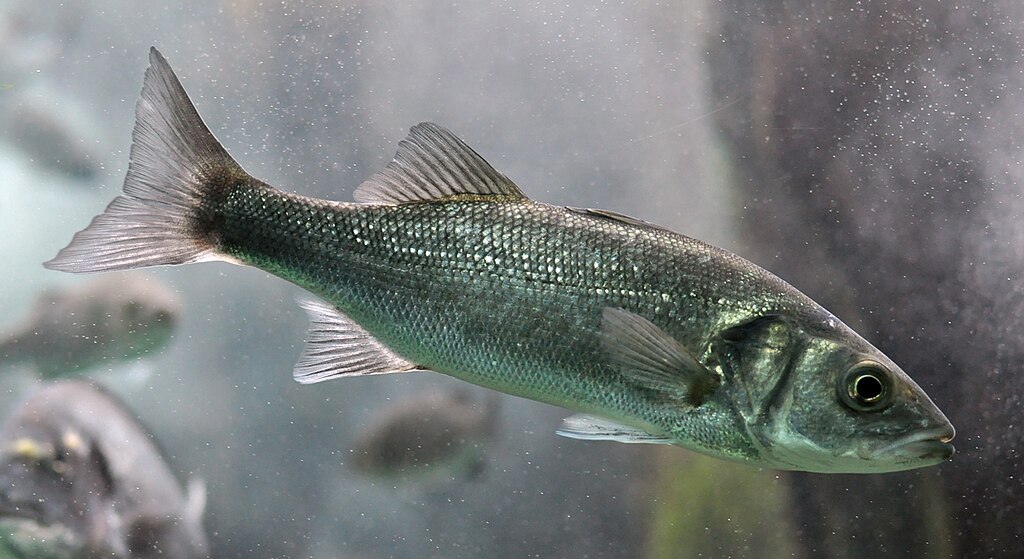
Leave a Reply